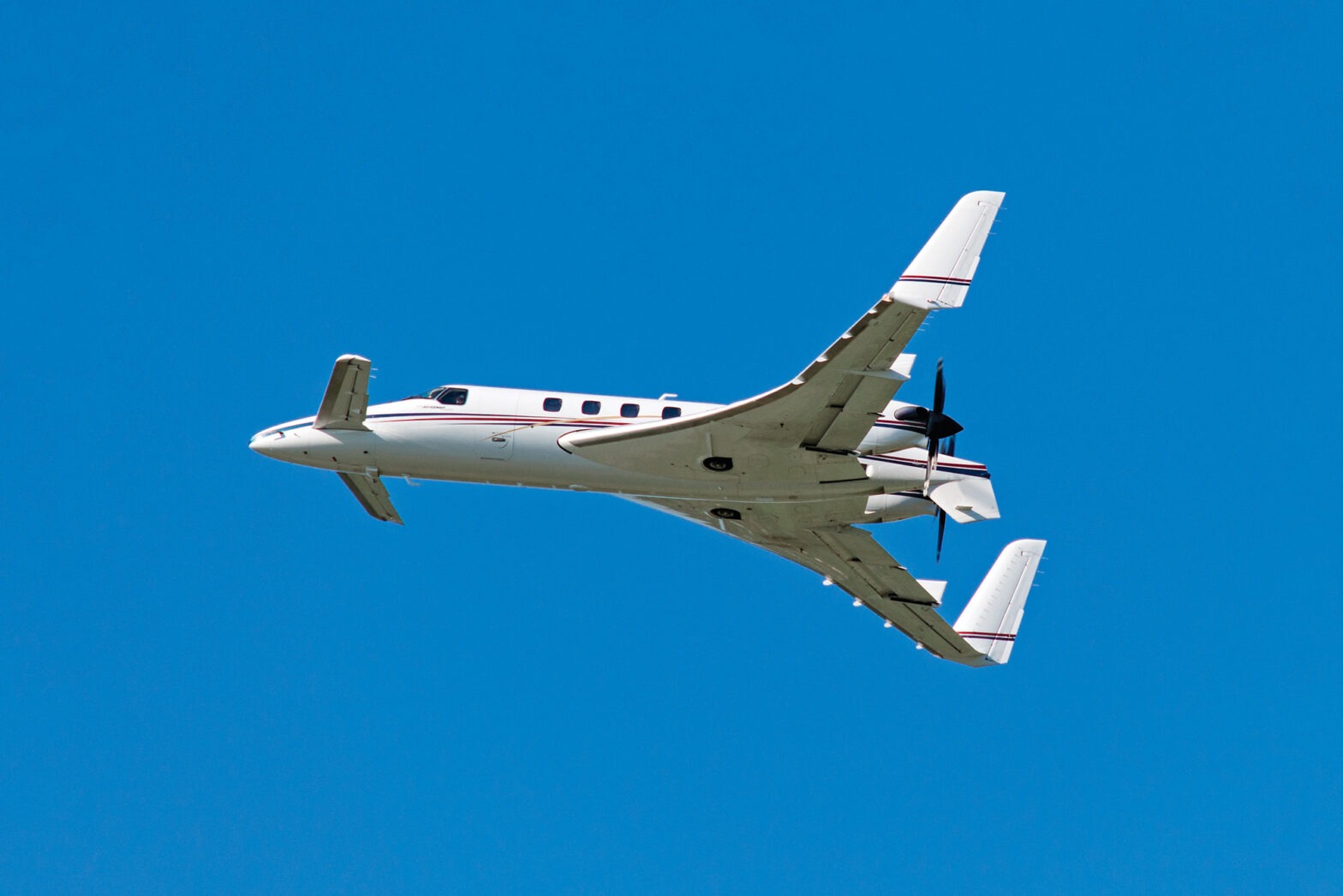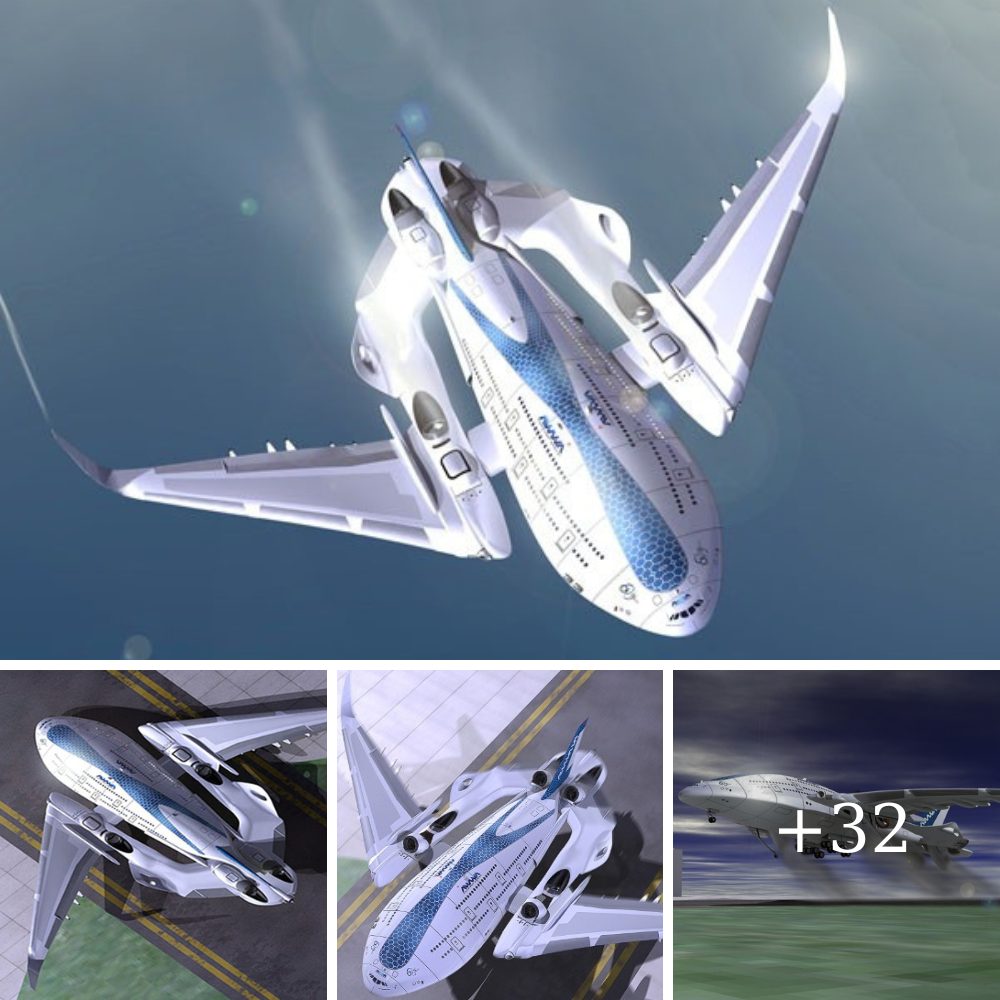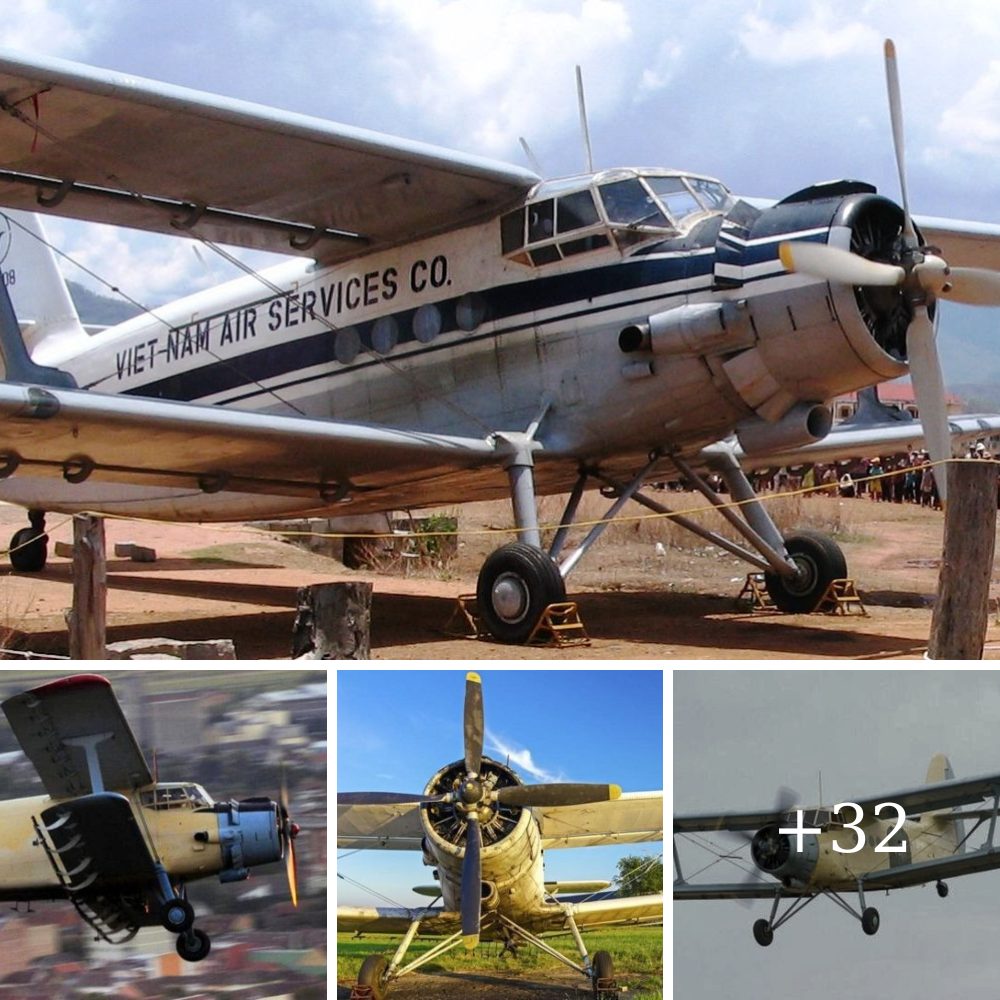Malcom S. Harned had a distinguished career in aerospace. He led development of the supersonic ramjet at General Electric, directed the Air Force’s nuclear-jet-engine program, managed development of a turbine helicopter at Hughes, and—after a stint at Gates Learjet—oversaw the development of the Conquest and Citation as president and chief operating officer of the Cessna Aircraft Co.
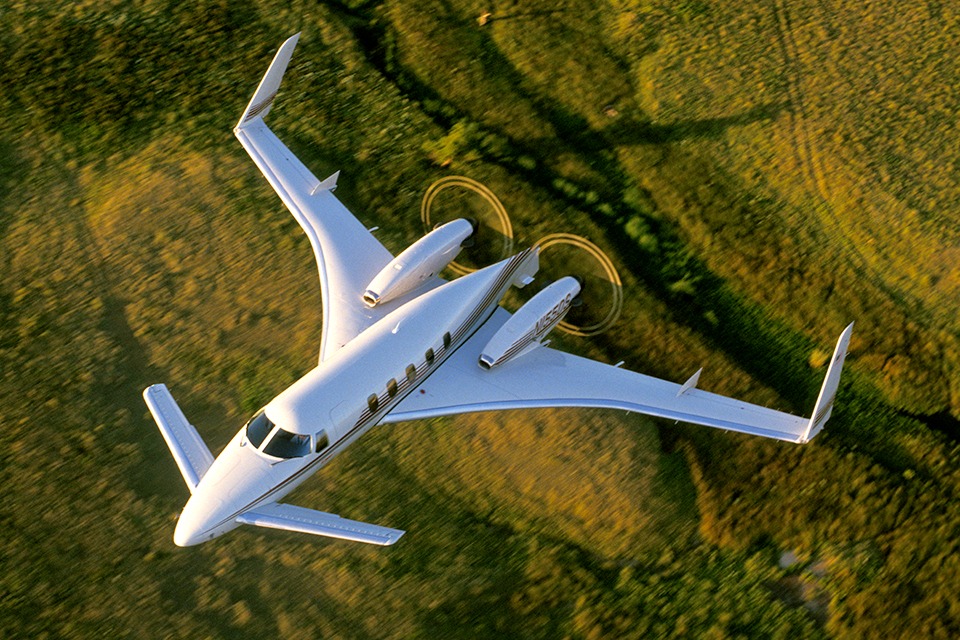
In 1979, a year after his retirement from Cessna and a year before he died, Harned addressed a meeting of the American Institute of Aeronautics and Astronautics on the subject of the future of general aviation. He correctly anticipated advances in the use of digital electronics in the cockpit and of composites in structures. Foreseeing an increase in the number of affluent families over the next 20 years, he concluded—incorrectly, as it turned out—that sales of personal aircraft should increase five- or tenfold.
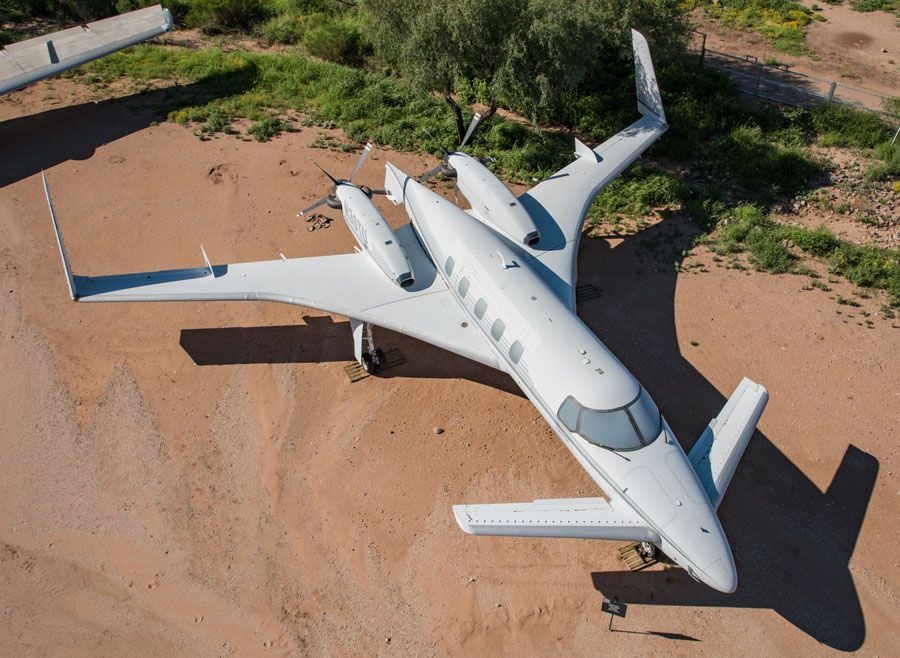
Warming to his theme, Harned ventured that, “All [airplanes] will be pressurized…all will have full-span flaps with slot-lip spoilers…twins will all have thrust on or near the centerline…all will have automatic flight-control systems, [and many will] offer blind landing capability.”
He went on to propose some novel configurations, including a Beech Bonanza-shaped four-seater with a diesel engine in the nose, a pusher prop on the tip of the tail, and an extremely long drive shaft connecting them. There was a “family twin” with automotive Wankel engines and nose and tail propellers, as well as a “compound helicopter” whose rotor converted to a wing for high-speed-cruising flight.

Amid these misses, Harned did manage one hit: a twin-turboprop canard pusher, not unlike what would emerge a few years later as the Beech Starship.
It’s natural for the people who form the advance guard of technology to have an exaggerated sense of what the future may bring—and how quickly. They naturally ignore the many humdrum forces that put a brake on progress. Burt Rutan, who has done as much to influence aeronautical design as anyone in his generation, provided Aviation Week’s January 2000 issue with his predictions for the coming century. They suggest that the more progressive the thinker, the less accurate his estimate of things to come is likely to be.

Like Harned, Rutan foresaw radical changes arriving within a very short time. By 2010, he said, airplanes would replace their complicated instrument panels with an intuitive interface that would allow a person with barely any training to fly, navigate and avoid collisions. The airplanes would be fly-by-wire, propelled by quiet, affordable turbofans, and by 2040, they would have become almost as widespread as cars and would have rendered airline travel practically obsolete—or, at any rate, the last resort of the indigent. He predicted carrierlike rooftop landing sites in which airplanes approaching with an accuracy of a few centimeters would be snagged and slowed to a standstill in a couple of seconds—Rutan was never big on passenger comfort—while the energy retrieved from decelerating them would be used to launch others. There would be so many such mini ports that it would be but a short walk from your airplane to your ultimate urban destination.
